calsfoundation@cals.org
Imboden (Lawrence County)
| Latitude and Longitude | 36°12’09″N 091°10’28″W |
| Elevation: | 308 feet |
| Area: | 1.27 square miles (2020 Census) |
| Population: | 640 (2020 Census) |
| Incorporation Date: | April 22, 1889 |
Historical Population as per the U.S. Census:
|
1810 |
1820 |
1830 |
1840 |
1850 |
1860 |
1870 |
1880 |
1890 |
1900 |
|
– |
– |
– |
– |
– |
– |
– |
– |
157 |
411 |
|
1910 |
1920 |
1930 |
1940 |
1950 |
1960 |
1970 |
1980 |
1990 |
2000 |
|
600 |
630 |
564 |
525 |
447 |
400 |
496 |
661 |
616 |
684 |
|
2010 |
2020 |
|
|
|
|
|
|
|
|
|
677 |
640 |
|
|
|
|
|
|
|
Imboden, a small town located in the northwest corner of Lawrence County, was founded in the early 1880s on a prominent rise overlooking the Spring River. Though a number of settlers lived in the area by the 1820s, the town, which became a local trade center, did not exist until the construction of the railroad in 1883.
By the 1820s, the Military Road crossed the Spring River near the present town, attracting new settlers. There is evidence that a few houses and a store existed prior to the coming of the railroad. One of those early settlers was Benjamin Imboden, who moved his family to the area in 1828. Imboden acquired considerable property, eventually owning the largest amount of land in the area. The town would be named in his honor.
In 1882, just prior to the coming of the railroad, Imboden sold the land where much of the town would be built to wealthy local developer W. C. Sloan. At about the same time, surveyors for the Kansas City, Fort Scott and Memphis Railroad began to lay the groundwork for construction of the tracks. With completion of the tracks in 1883, the town began a rapid growth. The first business, Sloan Mercantile Company, opened in late 1883 and remained in business until 1930. It was soon followed by others, including the first hotel, known as “The Strawn,” and an African-American-owned barber shop that opened in 1885. The first brick building, owned by G. W. Hooper, was constructed in 1886. Ten years later, the People’s Bank, which remained in business until 1934, opened for business.
After no action was taken on an incorporation petition in 1887, a second petition was filed in January 1889. The community was officially incorporated on April 22, 1889. At the time, it consisted of three general stores, two grocery stores, two saloons, a hotel, a livery stable, a school, and a Catholic church. The population, which numbered a little more than 150 at the time, increased to more than 400 during the next ten years.
Before local railroad freight and passenger service made the town more accessible, most people traveled to the area by way of the Military Road. Crossing the Spring River just below Imboden was done by ferry. A bridge opened in 1898 and remained in use until a new bridge was built in 1938 under the direction of the Public Works Administration, a Depression-era New Deal program.
A Methodist denomination was organized in 1884 with C. W. Roane as minister. The congregation moved into its first building a year later. A Catholic church was organized by German settlers in 1888. Church of Christ and Baptist churches were established before the beginning of the twentieth century.
A small number of newspapers have serviced the town over the years. On February 8, 1895, A. T. Hall and J. T. Fisher published the first edition of the Spring River News. It was followed by the Imboden Gazette in 1903 and the Imboden Journal in 1915. In 1971, the Journal began to be published under the title Ozark Journal. Today, the weekly publication is the town’s only newspaper.
H. W. Compton was responsible for introducing electricity and running water to the town by 1905. He was intrigued by the modern conveniences after seeing them at the 1904 St. Louis World’s Fair.
Entertainment for local citizens was provided by the Redpath Chautauqua, which passed through the town from 1910 to the 1920s, presenting shows during the warm months. During the winter, various variety shows were presented at the local school. Radio came in about 1919 when Melvin Halcum built the first set in the town. Eventually, the town leaders purchased a set for the community. Benches were set up, and people came into town on a nightly basis to listen to the broadcasts. In the 1920s, Otho Crouch opened a movie theater called the Hippodrome. Movies were also screened at the school until the 1930s by the school organization, Sloan-Hendrix Helpers.
In 1891, Imboden was selected as the site of Sloan-Hendrix Academy, one of five academies established by the board of trustees of Hendrix College. The school remained in operation until 1931, when the campus was sold to the Imboden Public Schools. Three town properties are listed on the National Register of Historic Places. The St. Louis–San Francisco Overpass was listed in 1990, the Dr. John Octavius Hatcher House in 1992, and the Imboden Methodist Episcopal Church, South, in 2004.
As of the year 2010, Imboden was home to 677 citizens. With little industry, most make a living by farming or traveling to the larger nearby towns for employment. Despite being located on U.S. Highway 63, the town has seen little significant growth in the twenty-first century.
For additional information:
Covey, Reta. “History of Imboden.” Lawrence County Historical Quarterly 5 (Winter 1982): 5–27.
Henderson, Dalton. “Early Cultural Life in Imboden.” Lawrence County Historical Quarterly 5 (Winter 1982): 29–32.
———. “Movies in Imboden.” Lawrence County Historical Quarterly 5 (Winter 1982): 28.
Lawrence County, Arkansas: 1815–2001. Paducah, KY: Turner Publishing Company, 200l.
McLeod, Walter E. Centennial History of Lawrence County.Russellville, AR: Russellville Printing Company, 1936.
Mike Polston
Encyclopedia of Arkansas
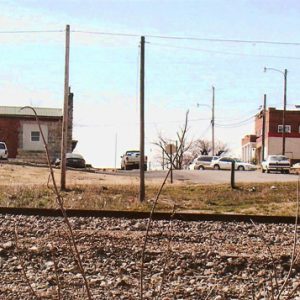
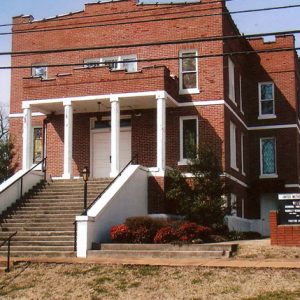
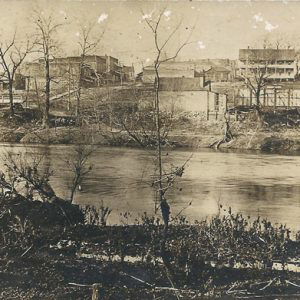
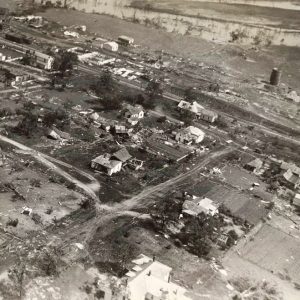
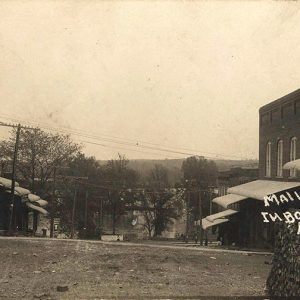
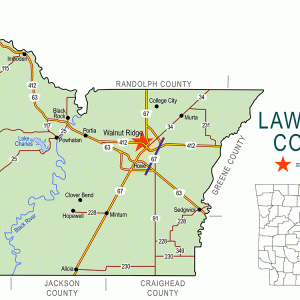
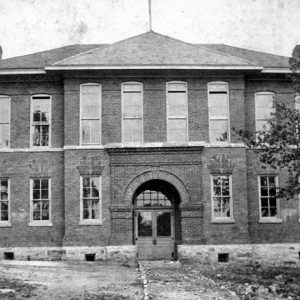
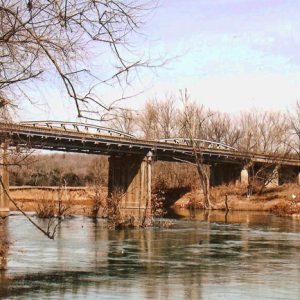
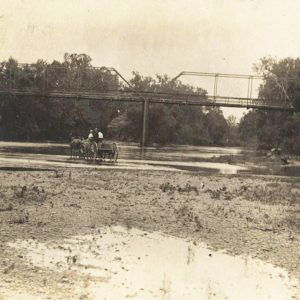
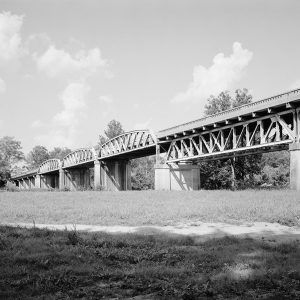





Comments
No comments on this entry yet.